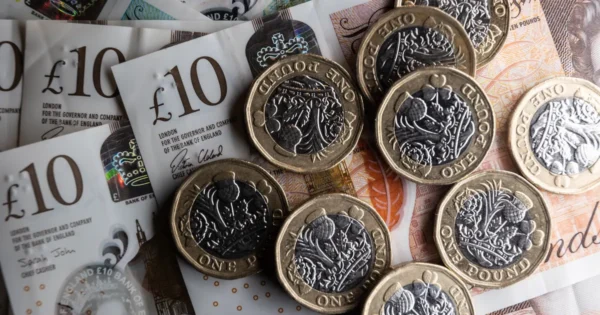
How to Manage Risk when Forex Trading

Poor risk management is the downfall of many traders when it comes to the foreign exchange (forex) market, and can lead to a significant loss in money. I learned this lesson firsthand when I came across discussions about crypto gambling on Reddit, where users often shared stories of their trading experiences. In order to become a successful trader, you must be able to manage your risk as part of a strategy to avoid any potential losses and gain the maximum profit from your trade.
When forex trading on platforms like Plus500, there are several risk management and trading tools that you can use to your advantage in order to achieve successful trading. In this guide, we will explain more about these tools, as well as the top tips for forex risk management.
Do your research
For trading in any market, including forex, the first step is always to do your research about the market as a whole, and the individual asset you wish to invest in. This is a golden rule followed by all investors.
By educating yourself fully about the different aspects of forex trading, you’ll be able to understand further the risks that are involved, and therefore have the foundations of risk management. With this in mind, you will also be able to set out a forex trading strategy that utilises the relevant analysis and tools.
Whether you are trading from home or on-the-go, you could learn more about what is spread betting and setting up a spread betting account where you can trade in both directions – ‘buy’ or ‘sell’ – to make use of financial leverage to increase trading exposure.
Set ‘Close at Profit’ (Stop Limit) price level
Most online trading platforms, offer financial derivatives such as contracts for difference (CFDs), which provide traders with the opportunity to use risk management tools on their account.
The first of which we will address, is the ‘Close at Profit’ and ‘Close at Loss’ orders that can be added to your trades — also known as Stop Limit and Stop Loss, respectively. These tools enable you to set certain requirements for when your position on the forex market will close.
When placing a Stop Limit on your trading position, this will set a specific level of profit in relation to the value of the currency pair, in which your position will automatically close once hit. This is so that you can protect the profit you have already made, without the risk of losing it in the future, if the market happens to change. It also helps you to set clear goals for your trades, and the expectations in terms of the profits you wish to see in return.
A Stop Limit is a great tool to get you thinking about the reward-to-risk ratio of your forex trading, and can be used as a basis for your Stop Loss limit position. For example, most traders will open a position on the reward-to-risk ratio of 2:1. This means you would expect to gain twice the amount in profit, then you would in losses. As a result, for this ratio, you would set your Stop Limit at 40 increments (known as pips) above the entry price of the currency pair, and your Stop Loss at 20 pips below the entry price.
Set a ‘Close at Loss’ (Stop Loss) price level
Working in a similar way, a Stop Loss order aims to minimise your loss, again, closing your position on the forex market when you have reached a certain level. This means your trade will automatically close at a predetermined value of the currency pairs, in order to prevent any further losses triggered by market movement.
A top tip is to never increase this level once it has been set, as it will only increase the risk of your trade and loses its effect as a safety net.
It is also worth noting, that it is not always guaranteed that your position will close at the exact price level you have set, for either of these tools. If the market suddenly fluctuates, you may find that the orders are not activated at the exact time the price reaches the specific levels, but the next time it does. On these occasions, this is known as slippage.
By putting these orders in place, you are maintaining a level of discipline and logic to your trades, and by considering the risks in this way, you are taking a step towards conducting profitable forex trading.












































